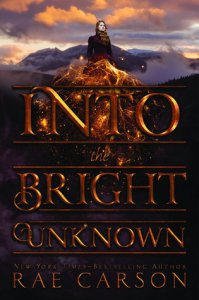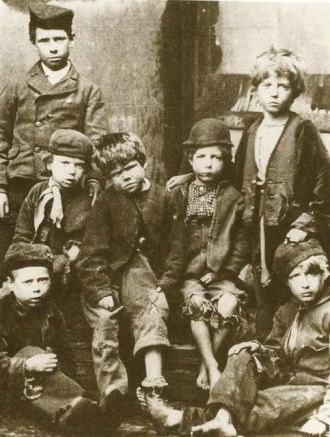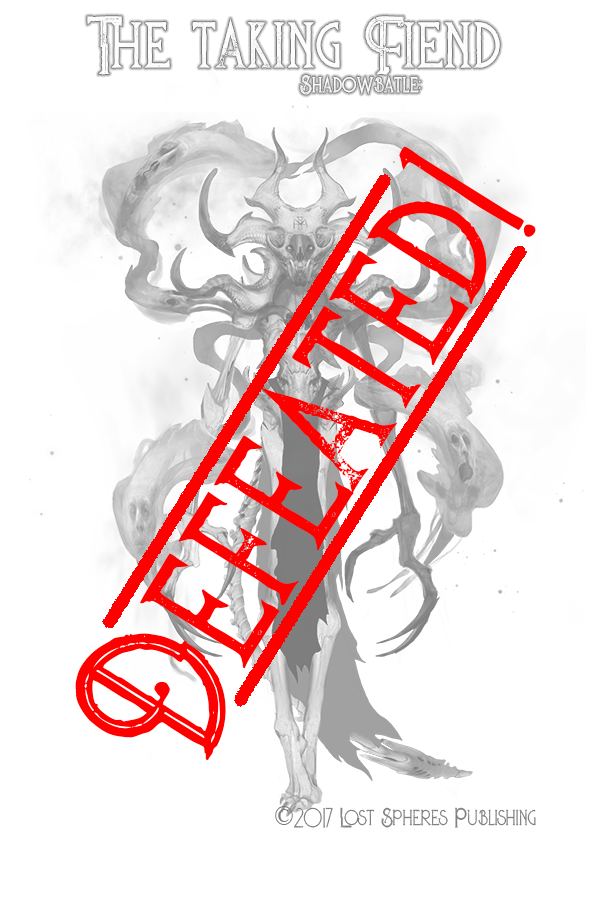 Alien Phenomenology, or What It’s Like to Be a Thing by Ian Bogost
Alien Phenomenology, or What It’s Like to Be a Thing by Ian Bogost
What else is there, here, anywhere right now? Anything will do, so long as it reminds us of the awesome plentitude of the alien everyday. (134)
I have been interested in things for a long time. I remember on a visit to an art museum as an undergraduate being fascinated by a scuffed section of worn wooden floor in a corner that I thought deserved as much attention as the exhibits. It seemed to carry such a weight of narrative. Likewise at a conference in Wisconsin I found an old, painted heat register in a corner of a museum next to a forgotten chair, and I was struck by its quiet gravity. For me, objects became a way of connecting to the stories that had washed over them like waves. Who else had seen, touched, forgotten this?
I am attracted to environments in a similar same way: who has been here before? Wandering through the empty halls of the Union League Club in Chicago or the streets of Oxford or Venice, the details of pavement or chipping plaster or window or stone seem so heavy, so linked to human stories and remembering but so resolutely independent of me and my own. My photography often seeks to highlight these details.
In the natural world that human touch is more distant, but especially in my Midwestern home it is never absent: who else has walked this way or will again? Who else is weaving prairie, trail, ash tree, railroad embankment, rutted farm road, wind-turbined horizon, and cumulus into the human story?
All of these considerations though are intensely anthropocentric. I find significance and beauty in these things because I’m constantly linking them to the human narrative, even when they strike me primarily due to their distance to my own personal narrative: I’ll never know all the details of this particular grove of poplars or this weathered barn, but they would have no significance at all if I wasn’t here to wonder about them. Would they?
For Ian Bogost, this is just another example of our tendency to view everything through a correlationist lens: to see the ontological significance of things from an anthropocentric view. Bogost sees this reflected in both the scientific endeavor (which seeks to harness and utilize the universe for human use) and the humanities (which evaluate everything according to the human narrative):
[B]oth perspectives embody the correlationist conceit. The scientists believes in reality apart from human life, but it is a reality excavated for human exploitation. The scientific process cares less for reality itself than it does for the discoverability of reality through human ingenuity. Likewise, the humanist doesn’t believe in the world except as a structure erected in the interest of human culture. Like a mirror image of the scientist, the humanist mostly seeks to mine particular forms of culture, often suggesting aspects of it that must be overcome through abstract notions of resistance or revolution. “Look at me!” shout both the scientist and the humanist. “Look what I have uncovered!” (14)
I don’t know that I buy Bogost’s critique of the scientist, as I think it’s often the scientific endeavor that yields insights that do the most to challenge our anthropocentric views. For instance, during a show about exoplanets in the planetarium years ago, thick with scientific descriptions of stone and surface temperature and wind speeds, a friend of mine asked not the how do we know question of science but the what does it mean question of philosophy. What does it mean that there are these physical places where rocks are being weathered and clouds are drifting through skies that we will never experience? We want to maintain that they are physically significant (I might even say holy, in the eyes of an orthodox Christian materialism). But they are outside the mediation of mankind. This is part of my fascination with Bogost’s philosophical view, known as object oriented ontology (OOO): it seems a compelling way to grapple with some of these questions. What do I do with the reality of objects that have no bearing whatsoever on the human narrative?
Bogost’s work is short, compelling, and more engagingly written than any piece of philosophy I have read in a long time. I won’t be able to do justice to his treatment, which also provides a helpful introduction to the handful of other philosophers that are pursuing this line of thought. In short, Bogost argues for a flat ontology, a way of perceiving the world in which objects and their relationships are given as much ontological significance as possible, regardless of their relationship with the human perspective:
In a flat ontology, the bubbling skin of the capsaicin pepper holds just as much interest as the culinary history of the enchilada it is destined to top. (17)
And quoting Harman: object-oriented philosophy holds that the relation of humans to pollen, oxygen, eagles, or windmills is no different in kind from the interaction of these objects with each other . . . For we ourselves, just like Neanderthals, sparrows, mushrooms, and dirt, have never done anything else than act amidst the bustle of other actants. (39)
There are some obvious issues with such a view, for one thing the apparent paradox that Bogost never really qualifies what he means by “thing,” so that at times he’s talking about discrete physical objects but at other times he discusses ideas or even systems or institutions (“criminal justice system”) that are human constructs. It’s difficult to see how one can argue for the independent significance of objects that clearly only arise through the human narrative itself. Likewise, it’s hard to take seriously a philosophy that discusses how objects might perceive each other or that tries to deconstruct objects into their smaller units when those units at times only have conceptual existence in the human mind.
To be fair, Bogost recognizes both the alienness and the difficulty in his task, and he qualifies much of what he is doing as speculative analogy or even poetry, with an intention more of challenging the way we think about the world than arriving at actual insights on the nature of things.
Speculation isn’t just poetic, but it’s partly so, a creative act that beings conduct as they gaze earnestly but bemusedly at one another. Everything whatsoever is like people on a subway, crunched together into uncomfortable intimate contact with strangers. (31)
This is why Bogost’s work is interspersed with poetry, which ironically returns us to the anthropological centricism of humans interpreting their universe. Yet that’s okay for Bogost, as long as we recognize the creative endeavor of attempting to interpret the universe but without stubbornly maintaining ourselves at the center. It’s a sort of philosophical, ontological Copernican revolution, and its results of course will inform our poetry and our expression, as Bogost provides multiple examples of.
Bogost more than anything wants us to be aware, to appreciate the things for themselves, as he appreciates antiquated computer systems not simply for what they represent about human ingenuity or design but because (as offered in some of his most compelling examples) they have intrinsic value and they are worth the effort expended in analyzing their function for its own sake. Bogost is an engineer-mystic, and he writes what a philosophical treatise should be at the core, a discussion of things that are, of ways to see the world.
Object oriented ontology is compelling to me because it emphasizes the reality of the world, of distant galaxies and the axial spin of the quaking neutron stars in those galaxies, the condensation of methane and the whorls of cloud and the fragmented feldspar on the moons of gas giants in those galaxies—the reality of those things outside the reach of my own knowledge. A flat ontology says they are all equally significant, utterly regardless of human cognition. They must remain alien, as alien and unknowable in their essence as the plastic molded Lego lid or the woven textile couch cushion or the jadite cup and saucer beside me. They have their own existence, yes, but also their own unknowable stories, tensions, and relations beyond me. And why not? I am after all one who rides largely unaware of the processes in my own body and mind, a sliver of consciousness in a rambling, unknown house. Everywhere there is wonder and ignorance.
Bogost again, quoting lines by Zhdanov:
Either the letters cannot be understood, or
their grand scale is unbearable to the eye—
what remains is the red wind in the field,
with the name of rose on its lips.
Yet I can’t go as far as Bogost because I can’t give up the human role of mediating the universe, of the primacy of human experience. Aspects of OOO suit my ideas of an orthodox Christian materialism but at the same time undermine the theological role of humans. Every person brings you Christ. Every place, every object, holds God. This might be where the flat ontology of Bogost is at odds with an orthodox Christian materialism. They agree that all is significant, but OCM says because everything is holy, where OOO simply says because everything is.
Advertisements Share this:




